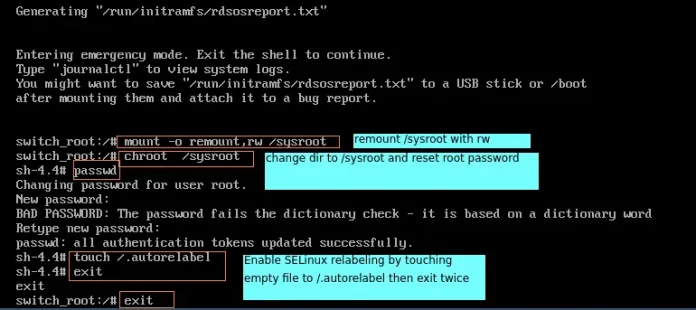Django and Flask are two of the most popular web framework for Python. Flask showed up as an alternative to Django, as designers needed to have more flexibility that would permit them to decide how they want to implement things, while on the other hand, Django does not permit the alteration of their modules to such a degree. Flask is truly so straightforward and directs that working in it permits an experienced Python designer to make ventures inside truly tight timeframes.
What is Django?
Django is commonly called a “batteries-included” system approach—or the “framework for fussbudgets with deadlines.” This implies that Django makes it simple for Python designers to jump into web applications rapidly without requiring planning into the app’s framework ahead of time. Essentially, construct superior web apps, more rapidly, with less code. Django is set up, has great documentation, and has a huge online community.
Here are a few Django use cases
Django is incredible for building complex destinations with energetic substance, with adaptability in intellect; enormous ventures that require out-of-the-box arrangements can be sent truly quickly. Flask is idealized for creating straightforward web apps Django permits sending more complicated web apps quicker, as its modules are preconfigured to supply quick app improvement and arrangement.
VPS servers provide a foundational environment and set of capabilities for integrating Django apps with developer tools and APIs. With Hostinger VPS services, you have greater flexibility and control over your hosting environment, and you get far more value for your money.
Hostinger offers VPS templates with the most popular frameworks and CMS preinstalled. Applications built with Node.js, Django, Rails, WordPress, Joomla, and Drupal can be chosen and launched quickly.
4 active plans with prices ranging from ₹499/mo to ₹1829/mo :
- KVM1
- KVM2
- KVM4
- KVM8
These are designed to satisfy various needs. The KVM2 plan is the most affordable and well-liked by users of lightweight apps.
Full root access, support for many operating systems, excellent performance, improved security and backup, one-click application, and scalability are features of Hostinger’s VPS service.
What is Flask?
Flask may be a generally youthful framework, as it were in utilization since 2010. Flask is considered more “Pythonic” than Django is basically since Flask web application code is, in most cases, more unequivocal. Flask is the choice of most tenderfoots due to the need for barricades to get a basic app up and running.
Here are a few Flask use cases
Flask is extraordinary for building basic locales with inactive substance, like blogs; it gives all the usefulness you would like and permits customization to a tremendous degree.
Difference Between Django and Flask
Admin Interface
The useful admin interface is what makes Django a capable web system. Not at all like Flask, Django incorporates a ready-to-use admin system that empowers clients to carry out extended organization errands consistently. Based on the venture, it naturally creates admin modules. Engineers can indeed customize the admin interface in arrange to meet particular trade needs.
Database
Django has to bolster the ORM framework. Advantage of the ORM framework includes: Developers can take advantage of the ORM framework to work with an assortment of databases, including PostgreSQL, SQLite, Prophet, MySQL, and more. Developers don’t have to type in long SQL inquiries to execute common database operations. Whereas, Flask doesn’t support the ORM framework. Designers are required to type in SQLAlchemy (Protest Social Mapper and SQL toolkit for Python) in arrange to perform common database operations.
Built-in template engine
Not at all like Django, Flask doesn’t have a built-in layout motor. Flask is based on the Jinja2 format motor. Jinja2 is itself impacted by the Django format motor. Its employments coordinate a sandboxed execution environment, permitting engineers to speed up the advancement handle for energetic web applications. While Django incorporates a built-in format motor that permits engineers to make user-facing layers for web applications consistently nd quickly.
Support of Extra Integrations
Third-party apps are not supported by Flask, while in contrast, Django is compatible with a wide range of third-party apps.
Conceptual
|
Django |
Flask |
|---|---|
| Django could be a Python-based free, open-source system that takes after the MVT(model view Template) approach of structural design | Flask could be a Python-based smaller-scale system without any set of specific instruments or outside libraries. It too doesn’t have a database layer or arrangements for shape approval and makes utilize of expansions. |
| Urls.py is utilized to set the association properties and demands are handled by the primary coordinating see of the regex list | URI is most regularly than not set by the see decorator and centralized setup is additionally conceivable. Sometimes the recent designs are coordinated with the URIs, and the last mentioned is sorted in a default arrange |
| Doesn’t exclude setting flexibility | It is accepted that all the conceptual stages to organize a Flask code rise and smaller-scale open-source to the applications number show in Flask as of now |
| Extend Layout is a Conventional extended structure | Extend Layout is an Arbitrary structure |
| Django gives an all-inclusive encounter: you get an admin board, database interfacing, an ORM, and a registry structure for your apps and ventures out of the box. | Flask gives straightforwardness, adaptability, and fine-grained control. It is unopinionated |
| It is suitable for multi-page applications. | It is suitable for single-page applications only. |
| Its framework structure is more conventional. | Random web framework structure. |
| It doesn’t support any virtual debugging. | It has a built-in debugger that provides virtual debugging. |
| Its working style is Monolithic. | Its working style is diversified style. |




